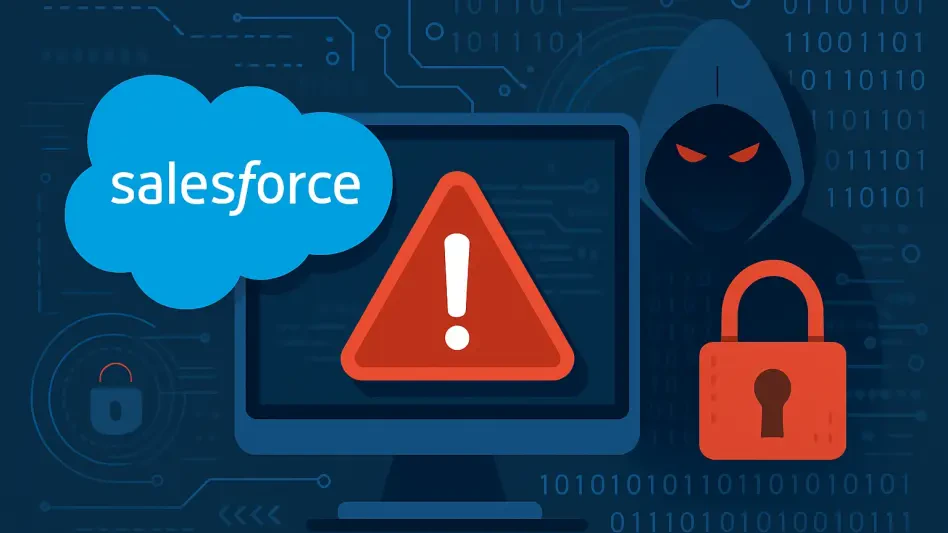In an unexpected turn of events, the hacker responsible for the February zkLend exploit lost $5.4 million worth of Ethereum (ETH) in a phishing scam while attempting to launder stolen funds through Tornado Cash. The hacker initially stole approximately $9.5 million worth of ETH from zkLend but fell victim to a fake Tornado Cash website, tornadoeth[.]cash, losing all 2,930 ETH. This incident underscores the inherent risks and vulnerabilities present in the crypto space, illustrating that even cybercriminals are susceptible to fraudulent schemes. The irony of the situation was highlighted by onchain analytics firm Lookonchain, noting how the hacker expressed regret in an onchain message to the zkLend deployer, requesting efforts to be redirected towards recovering the stolen funds from the phishing scammers.
The Persistence of Phishing Threats
The incident brings to light the ongoing threats posed by phishing schemes within the crypto community, especially targeting platforms like Tornado Cash, which are designed to obscure transaction trails. The fake website had been operating undetected for over five years, successfully deceiving users into surrendering their assets. This revelation is a stark reminder of the critical need for vigilance and advanced security measures in the crypto space. Crypto scams and security breaches are no longer isolated incidents; Immunefi’s Q1 2025 report disclosed a staggering $1.64 billion stolen in various crypto-related attacks, marking the worst quarter in crypto security history. The frequency and sophistication of these scams highlight the evolving nature of threats in the digital asset landscape, urging users and developers to prioritize strong security protocols to safeguard their investments.
Lessons for the Crypto Community
This ironic twist serves as a cautionary tale for zkLend users and the broader crypto community, highlighting the persistent dangers in the digital asset landscape. The incident underscores the importance of robust security measures and vigilance against scams and fraud. Education on identifying phishing attempts and ensuring secure access points is essential. Advanced security tools like multi-factor authentication, system updates, and transaction monitoring can offer additional protection. Moreover, the crypto industry must invest in research and collaboration to develop resilient security infrastructures to counter emerging threats. Staying proactive and informed helps the community navigate the complexities of the digital financial ecosystem.
In conclusion, the loss of stolen funds to a phishing scam by the hacker responsible for the zkLend exploit emphasizes critical aspects of crypto security. The incident reveals the susceptibility of even seasoned hackers to fraud, stressing the need for awareness and strong protective measures. Persistent phishing threats require concerted efforts from both users and industry professionals to safeguard assets. As the crypto space grows and evolves, ensuring comprehensive security and educating the community will be key to mitigating risks and advancing the integrity of digital financial transactions.








